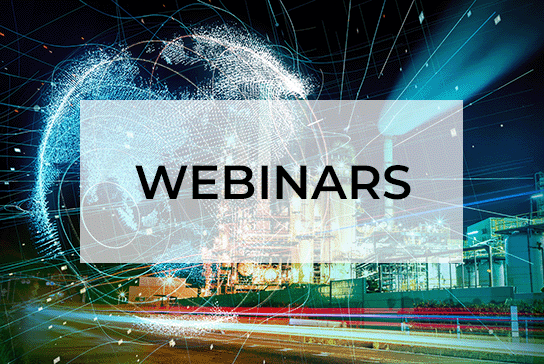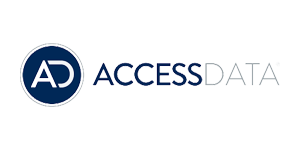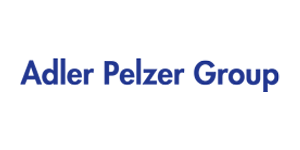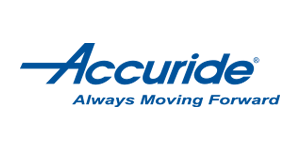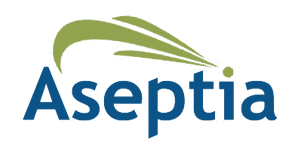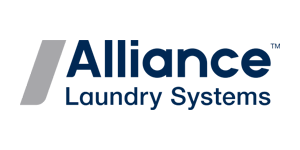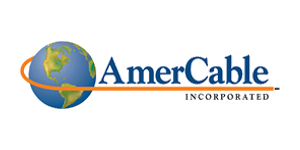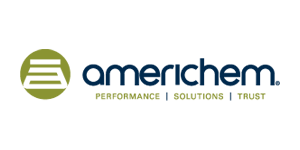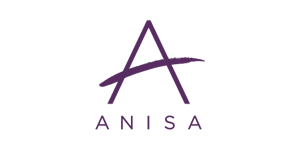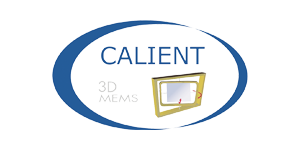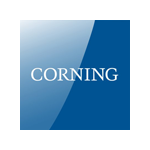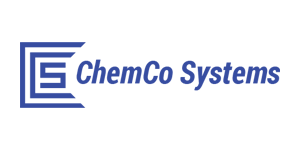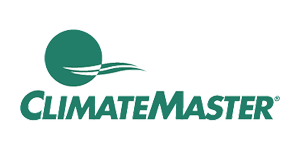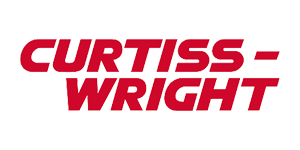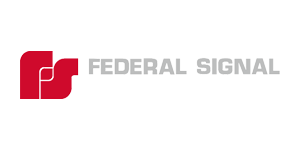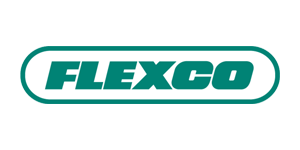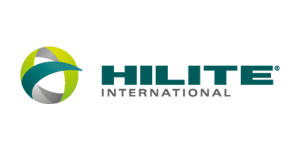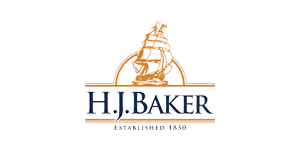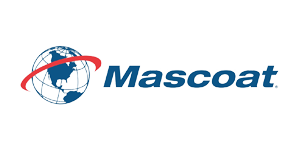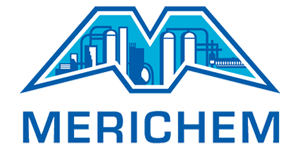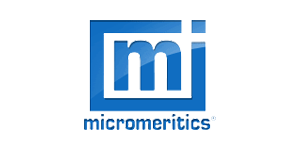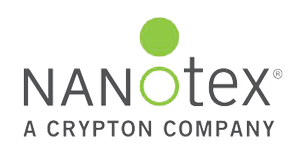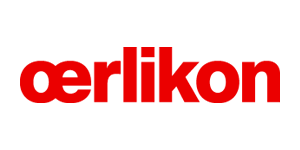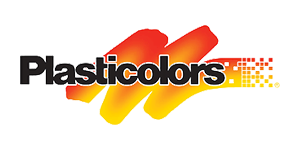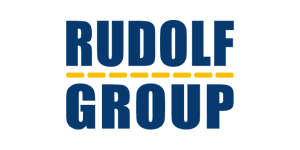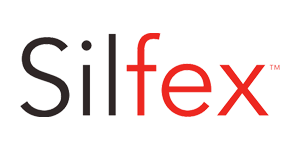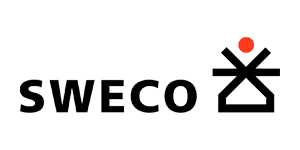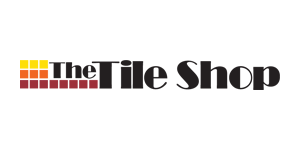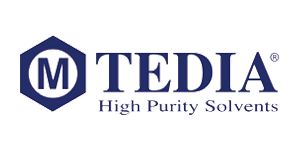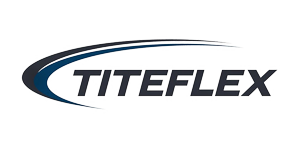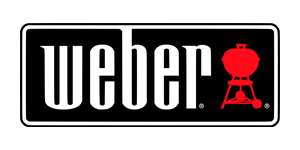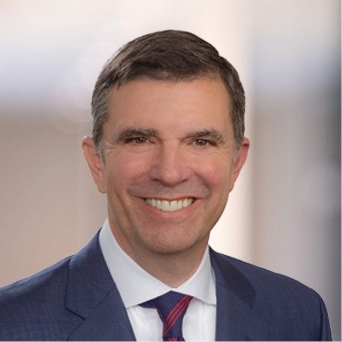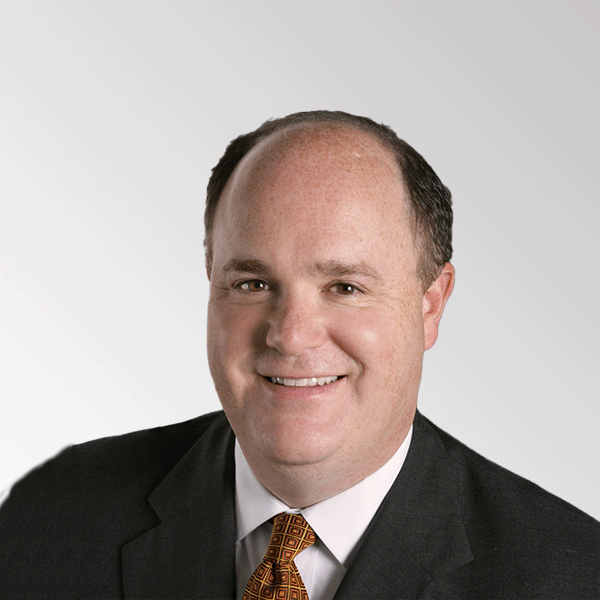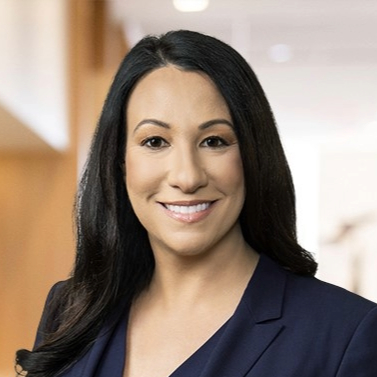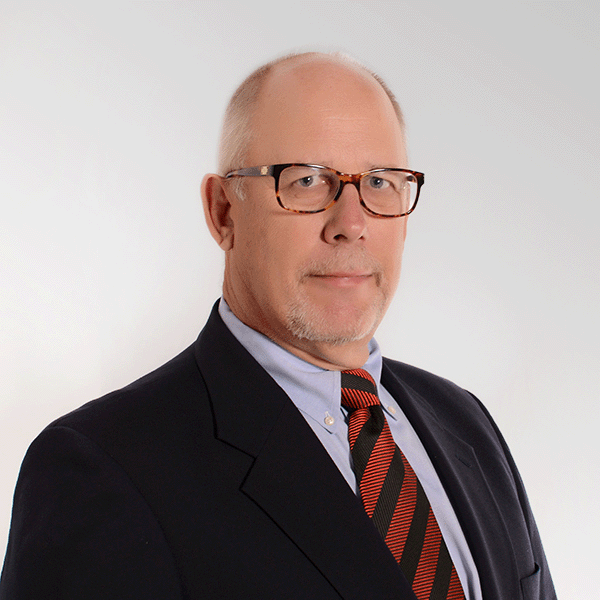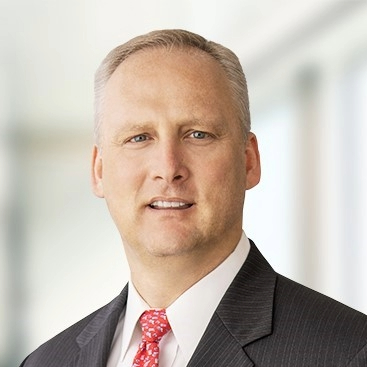Relocating Out of China? Critical Considerations
WEBINAR:
Relocating Out of China?
Critical Considerations for Transferring Technology
Relocating Out of China
About The WEBINAR
Who Should Watch?
Before actually moving forward, executives considering relocating their manufacturing operations out of China will benefit by attending.
Why Should You Watch?
You’ll hear ideas and guidance to avoid problems and smooth the path to transferring your manufacturing technology assets and knowledge out of China.
Why are manufacturers relocating out of China? What are some critical considerations?
After successfully establishing manufacturing and sourcing in China for the past 20+ years, many companies have relocated, or plan to relocate, all or part of their operations to another country. In the past 4 years alone, 100 MNCs have announced intentions to downsize or shutdown manufacturing in China.
Companies are relocating their China-based operations to reduce labor costs, lessen tariff exposure, protect their IP, and move closer to customers. If you’re looking at doing so as well, you’ll need to be prepared for some new challenges.
These include selecting the country that best fits your unique or not-so-unique operation, Make-vs-Buy decisions, restructuring costs, avoiding burned bridges in China, and successfully transferring your technology and intellectual property out of China.
One of the most overlooked or under-appreciated challenges of relocation is transferring the know-how your company has developed in China over the years, whether it’s in-house or with key suppliers.
In this webinar, East West Associates executives who have actually moved operations from China shared their experiences, learnings and insights that will help you avoid delays and costly hassles.
Speakers answer registrants’ questions, including:
- Do you know for sure that your technology, product designs and know-how are adequately documented?
- Is there a significant amount of know-how controlled by China suppliers, or by only your factory personnel currently living in China?
- Will you face difficulties or limitations by the Chinese government when physically moving hard assets including manufacturing machinery out of China?
- Ability to access or transfer tooling and specialized equipment from your current supplier?
- What constraints might you encounter when transferring technical know-how documentation out of China? What about your information-laden laptops, desktops and hard drives during relocation?
- Is localizing procurement of raw materials and components in your target country a realistic option? Or will you continue to be reliant upon current suppliers in China?
- Will your manufacturing process allow you to meet “Country of Origin” requirements at the new location?
- How will you identify and qualify the right people to support your relocation project?
- Do you fully understand the cultural differences between the sending factory and a soon-to-be receiving factory? How do you plan to manage those inevitable differences, which could be critical to your success? These cultural differences could be between China and countries in Southeast Asia (Thailand, Vietnam, Philippines) as well as Mexico.
- What trade compliance and certifications are necessary to minimize tariffs and duties?
- What is the manufacturing “eco-system” in your target country? Are you relocating to an area with a similar or complementary manufacturing base? Is there a qualified & affordable labor pool? Will the government there be friendly and inviting, and offer incentives to new US-owned businesses?
- Consider the importance of establishing a network of service providers at the new location: legal, compliance, tax, accounting, advisory, maintenance services, HR services, et. al.
- Can East West Associates share a couple of real-life examples of how a US-owned, in-China operation was successfully relocated?
Relocating Out of China
Speakers
Tze Beng Lim | Chief Technical Advisor, Honeywell UOP)
-
- Lead technology transfer, qualification and management of contract manufacturers and tolling companies in China, India, and Southeast Asia for Ashland, Inc.
Dan McLeod | Executive Advisor, East West Associates
-
- Former Director Asia Pacific Operations. Ashland Specialty Ingredients (Shanghai)
- Former Director of Manufacturing & Supply Chain for Hercules specialty chemicals
Relocating Out of China
Watch Video
Relocating Out of China
Presentation
Timely Topics To Drive Growth.
Sign up for our webinars.
Sign Up




